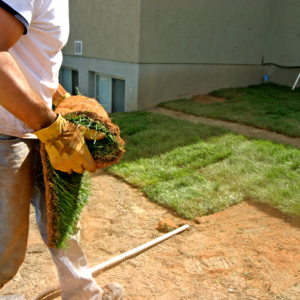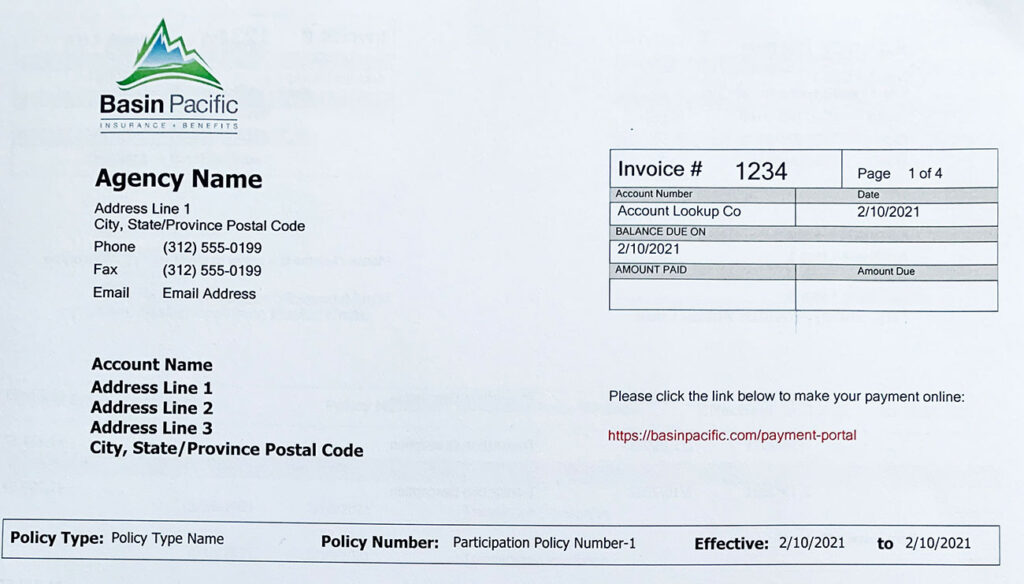Here Is What You Can Do to Prepare for an Earthquake or Tsunami
A study by the Washington State Department of Natural Resources found that a major earthquake along the Seattle Fault, which runs east to west, crossing downtown Seattle and the Puget Sound could produce waves of up to 42 feet. According to the study, waves would reach the shore in certain areas in as little as three minutes.
A study by the Washington State Department of Natural Resources found that a major earthquake along the Seattle Fault, which runs east to west, crossing downtown Seattle and the Puget Sound could produce waves of up to 42 feet.
The last known earthquake along the Seattle Fault line occurred around 1,100 years ago, and officials stressed that there is little chance of this happening during current residents’ lifetimes. Still, they emphasized the importance of having the right information in order to be prepared in an emergency. Though tsunamis are likely not a concern for residents of the Inland Northwest, it’s still best to be prepared for any emergency situation you may find yourself in. Keep reading below to find out how you can prepare for an earthquake or tsunami.
Take These Steps to be Prepared:
1. Pay attention to alerts
Tsunami alerts will be broadcast through local television and radio stations, and may also include outdoor sirens and text notifications. You can visit sites such as Tsunami.gov to check the status of alerts in your area, or visit the Washington State Emergency Management Division to sign up for additional alerts.
2. Know the warning signs
According to the Washington State Department of Natural Resources, the biggest indicator of a tsunami for Washington residents is a large earthquake. Other signs include noticing an unusually large wave, a rapid rise or drop in sea level, receding coastal waters, or a landalide that falls into the ocean.
3. Have a plan in place
The most important safety tip in the event of a tsunami is to immedialtely get to higher ground. However, it is also important to have an evacuation plan in place for you and your family, and to practice that plan. You can visit Ready.gov for details on how to create a plan, and stay safe in an emergency.
The most important safety tip in the event of a tsunami is to immedialtely get to higher ground.
For more information on preparing for natural disasters, click here.
If you need more information about how to protect yourself and your assets from natural disasters, Basin Pacific Insurance is here for you. Contact us today at [email protected] and your agent will be in touch shortly.
To get a quote, click here.






Leave a Reply
You must be logged in to post a comment.